Tesla owners will have access to fully automated, Level 5 autonomous electric vehicles sometimes this year. No humans will need to be involved, except for being passengers. That’s according to comments made by CEO Elon Musk a few days ago from a video released at a Chinese AI conference.
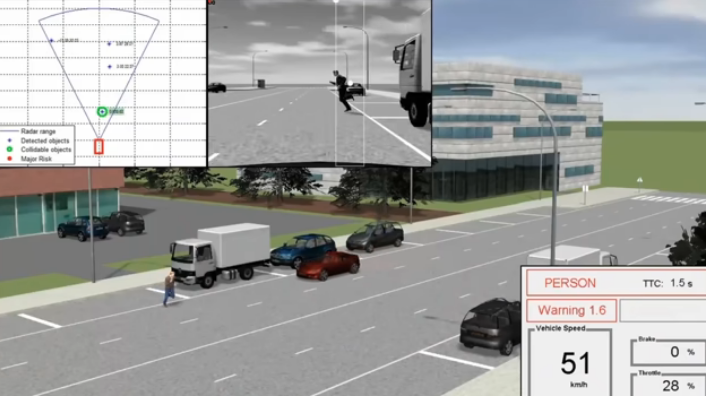 “I remain confident that we will have the basic functionality for level five autonomy complete this year,” Musk said. “I think there are no fundamental challenges remaining for level five autonomy.”
“I remain confident that we will have the basic functionality for level five autonomy complete this year,” Musk said. “I think there are no fundamental challenges remaining for level five autonomy.”
The problem would be: Where could Tesla owners legally ride in their autonomous EV beyond a limited test run — most of which would not allow them to be the ones riding in that test car?
Australia, Canada, China, Germany, New Zealand, the United Kingdom and the US have government-sponsored programs and policies in place for testing and developing AVs. None of these countries have yet allowed these vehicles to be deployed at scale. In the US, 40 states have enacted legislation, or have received governor executive orders, on autonomous vehicles. None of them have allowed them to be driven beyond the testing phase; or in limited applications, such as Waymo’s autonomous rides in Arizona.
As for now, AV activities have been put on hold. After COVID-19 hit hard in March, AV companies such as Argo, Aurora, Cruise, Pony, and Waymo, suspended vehicle testing and operations that involved a human driver. Around the same time, Waymo and Ford released open data sets of information collected during AV tests. The two companies challenged developers to use them to come up with faster and smarter self-driving systems.
AVs are years behind robotics being used in manufacturing plants, and for air and sea drones used by the military and other entities such as NOAA (more on this later).
Carnegie Mellon University has always played a leading role participating in AV test projects. A new study has taken a look at another angle — the connection between AVs and electric vehicles. Researchers from the university recently published a paper in the Nature Energy journal. They found that certain parts of the AV ride cycle can drain car batteries, but fixes made to software and hardware should make fleets of electric AVs possible.
“A bunch of commentators used to suggest the first AVs might have to be gas hybrids,” says Shashank Sripad, a PhD candidate in mechanical engineering at Carnegie Mellon who worked on the paper. “But we believe that, if we want to do electric vehicles, autonomy will be compatible with it.”
That probably referred to the Toyota Priuses being used in the early stages of the study that was conducted near Google’s (now Alphabet’s) corporate campus in Mountain View, Calif. More recently with Waymo, that’s been taken over by the Chrysler Pacifica minivan.
Automakers are split on their support for Level 4 AVs, and what type of powertrain would be best to use. Ford plans to transition over to battery-powered self-driving cars, says an AV spokesperson for Ford. But if the company can stay on track and hit its original goal of rolling out an AV for service by 2022, it will be rolling out self-driving gas-electric hybrid vehicles.
Automakers have made big commitments to AVs in investments and research studies that will continue. Some of the more memorable deals include General Motor’s $1 billion acquisition of Cruise, Uber buying Otto for $680 million, Ford’s $1 billion Argo Ai investment, and Intel acquiring Mobileye for $15.3 billion.
Five years ago, several companies including Nissan and Toyota promised self-driving cars by this year, but that’s being delayed. AV stakeholders have started to revise their marketing and event messages on where it’s all going for now. Level 4 autonomous will be it for now.
Robotics are already here in production and assembly lines for several automakers and in other industries, with COVID-19 making the topic much more relevant with worker safety being factored in. Meat and poultry workers have been hit hard. In April and May, more than 17,300 meat and poultry processing workers in 29 states were infected and 91 died, according to the U.S. Centers for Disease Control and Prevention. Plant shutdowns started in late April.
Tyson Foods Inc. assembled a team, including designers once employed in the auto industry, working on a deboning system that could make more efficient and safe the procedures carried out in Tyson plants. The team is developing an automated deboning system designed to handle some of the roughly 39 million chickens slaughtered, plucked and sliced up each week in Tyson plants.
The company has invested about $500 million in technology and automation. CEO Noel White said those efforts likely would increase in the aftermath of the pandemic. It’s been chaotic for meat producers, grocery stores, and fast-food chains to keep the product in stores — with Americans having high expectations for buying meat.
On the drone side of the equation, the National Oceanic and Atmospheric Administration (NOAA) is launching a fleet of 30 gliders to study how the ocean affects hurricanes. It started in 2014 with two gliders used for tracking and measuring huge storms approaching coastal areas.
“We have gliders that have gone through two or three hurricanes already,” explained Gustavo Goni, a lead scientist at the Atlantic Oceanographic and Meteorological Laboratory in Miami, which is run by NOAA. “They are robust. They don’t even care. Some of them have even been in fights with sharks. We know this because we find sharks’ teeth in gliders when we recover them.”
The past six years has involved building up the floating, sensor-packed units. The first part was figuring out how to get them funded and set up to be sea worthy and long lasting. Then it had to train technicians on how to equip and use them.
Delivery drones have been another application for robotics, used by companies such as Workhorse Group and Amazon. Allowing human beings to go along for the rides in AVs will have to take a lot longer to work out safety, legal, and risk management issues.

 being charged in 30 minutes. An even faster charge may be coming, too. The heavy-duty truck will be able to go zero to 60 in five seconds, and can hit 60 mph in 20 seconds with an 80,000 pound payload. Musk said that it will make a real difference in the commercial truck market with its cost savings and driver comfort features. It will also save truckers a lot in maintenance costs, with Musk expecting the trucks to not break down until they pass the one million mile mark. The Tesla chief also said that the semi truck will be able to work in a three-truck convoy, reducing its cost per mile for the fleet down to $0.85 per mile, versus diesel being at about $1.25 per mile. The truck was revealed in a larger, long-haul version and a day cab without a sleeper. Attendees at the event were also able to view a new version of the Tesla Roadster roll out of the semi’s trailer. The sports car now has a removable glass roof. Musk said the Roadster will be the fastest car in production on the market with a maximum speed of 250 mph; and the ability to go from 0 to 60 in 1.9 seconds. It can go up to 620 miles on a single charge, a record for production-level electric vehicles………. Toyota is thinking about
being charged in 30 minutes. An even faster charge may be coming, too. The heavy-duty truck will be able to go zero to 60 in five seconds, and can hit 60 mph in 20 seconds with an 80,000 pound payload. Musk said that it will make a real difference in the commercial truck market with its cost savings and driver comfort features. It will also save truckers a lot in maintenance costs, with Musk expecting the trucks to not break down until they pass the one million mile mark. The Tesla chief also said that the semi truck will be able to work in a three-truck convoy, reducing its cost per mile for the fleet down to $0.85 per mile, versus diesel being at about $1.25 per mile. The truck was revealed in a larger, long-haul version and a day cab without a sleeper. Attendees at the event were also able to view a new version of the Tesla Roadster roll out of the semi’s trailer. The sports car now has a removable glass roof. Musk said the Roadster will be the fastest car in production on the market with a maximum speed of 250 mph; and the ability to go from 0 to 60 in 1.9 seconds. It can go up to 620 miles on a single charge, a record for production-level electric vehicles………. Toyota is thinking about 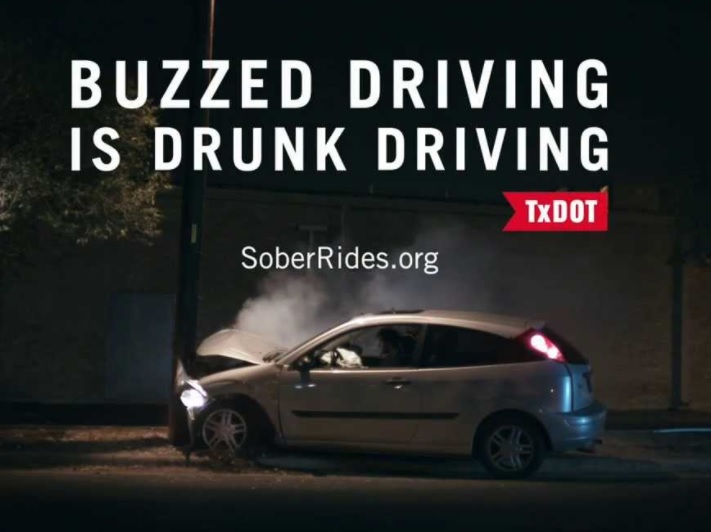 driving buzzed, and does it have anything to do with California and a few other states legalizing marijuana consumption? No, it has to do with a key issue state regulators and safety analysts bring up – the need to eliminate drunk driving and the necessity of bringing self-driving cars to U.S. roads. Buzzed driving refers to driving a car with a blood alcohol content (BAC) of .01% to .07%. That’s slightly under the .08% BAC standard used in most state’s drunk driving laws; but there’s been a great deal of concern that while .01% to .07% is legal for drivers, it can be just as dangerous as .08% or higher drunk driving for some of them. Self-driving cars are expected to dramatically reduce the highway fatality rate by taking away control of the car from drunk drivers being part of it. Drunk driving is still the leading cause of fatal crashes in the U.S. Last year was one of the worst ever, with an average of 20 people per day killed in DUI crashes. Safety experts have shared concerns about states legalizing marijuana and its possible side effects on road safety. That’s not measurable in a BAC standard used in drunk driving, but it may become part of state legislation in the future. Ride-hailing firms like Uber and Lyft have successfully tapped into concerns over drunk driving and see their rides as providing a solution to the problem. Uber and Lyft drivers have stories about riders expressing gratitude for their services, not having risked drunk driving after an evening at a night club or party. Mothers Against Drunk Driving (MADD) has been working with Uber in recent years to inform people that taking an Uber ride is much safer than getting behind the wheel after they’ve been drinking.
driving buzzed, and does it have anything to do with California and a few other states legalizing marijuana consumption? No, it has to do with a key issue state regulators and safety analysts bring up – the need to eliminate drunk driving and the necessity of bringing self-driving cars to U.S. roads. Buzzed driving refers to driving a car with a blood alcohol content (BAC) of .01% to .07%. That’s slightly under the .08% BAC standard used in most state’s drunk driving laws; but there’s been a great deal of concern that while .01% to .07% is legal for drivers, it can be just as dangerous as .08% or higher drunk driving for some of them. Self-driving cars are expected to dramatically reduce the highway fatality rate by taking away control of the car from drunk drivers being part of it. Drunk driving is still the leading cause of fatal crashes in the U.S. Last year was one of the worst ever, with an average of 20 people per day killed in DUI crashes. Safety experts have shared concerns about states legalizing marijuana and its possible side effects on road safety. That’s not measurable in a BAC standard used in drunk driving, but it may become part of state legislation in the future. Ride-hailing firms like Uber and Lyft have successfully tapped into concerns over drunk driving and see their rides as providing a solution to the problem. Uber and Lyft drivers have stories about riders expressing gratitude for their services, not having risked drunk driving after an evening at a night club or party. Mothers Against Drunk Driving (MADD) has been working with Uber in recent years to inform people that taking an Uber ride is much safer than getting behind the wheel after they’ve been drinking.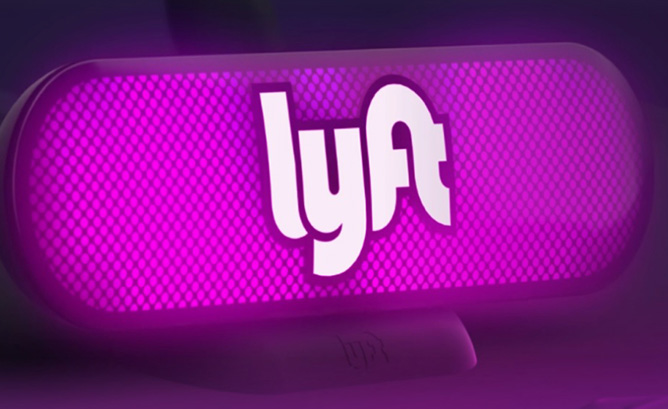 Alphabet’s self-driving driving division, Waymo, created an alliance with Lyft earlier this year on an autonomous vehicle project. Another funding division within Alphabet in 2013 made a $250 million investment in Lyft’s competitor, Uber. That ended badly after Uber entered the world of testing self-driving cars, with a major lawsuit coming from Waymo for allegations of intellectual property theft by Uber. The CapitalG funding round isn’t closed yet. One part of the agreement would be having CapitalG partner David Lawee join Lyft’s board.
Alphabet’s self-driving driving division, Waymo, created an alliance with Lyft earlier this year on an autonomous vehicle project. Another funding division within Alphabet in 2013 made a $250 million investment in Lyft’s competitor, Uber. That ended badly after Uber entered the world of testing self-driving cars, with a major lawsuit coming from Waymo for allegations of intellectual property theft by Uber. The CapitalG funding round isn’t closed yet. One part of the agreement would be having CapitalG partner David Lawee join Lyft’s board.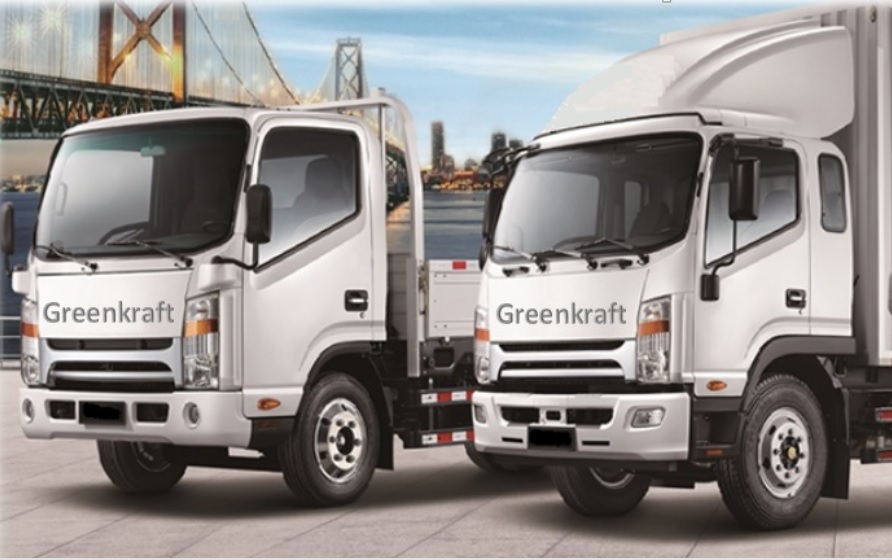 certification from the California Air Resources Board’s On-Road New Vehicle and Engine Certification Program. The company’s 8L V8 fuel-injected engine achieved a NOx emission value less than 0.02 g/bhp-hr, which meets the optional near-zero NOx level set by CARB, on three different fuels: LPG, CNG and gasoline. The Greenkraft 8L spark-ignited engine is among the first to be certified at this near-zero NOx level on three different fuels, according to Greenkraft. It’s available as a stand-alone product, or it can be installed ln one of Greenkraft’s 26,000 GVW or 33,000 GVW heavy-duty trucks.
certification from the California Air Resources Board’s On-Road New Vehicle and Engine Certification Program. The company’s 8L V8 fuel-injected engine achieved a NOx emission value less than 0.02 g/bhp-hr, which meets the optional near-zero NOx level set by CARB, on three different fuels: LPG, CNG and gasoline. The Greenkraft 8L spark-ignited engine is among the first to be certified at this near-zero NOx level on three different fuels, according to Greenkraft. It’s available as a stand-alone product, or it can be installed ln one of Greenkraft’s 26,000 GVW or 33,000 GVW heavy-duty trucks.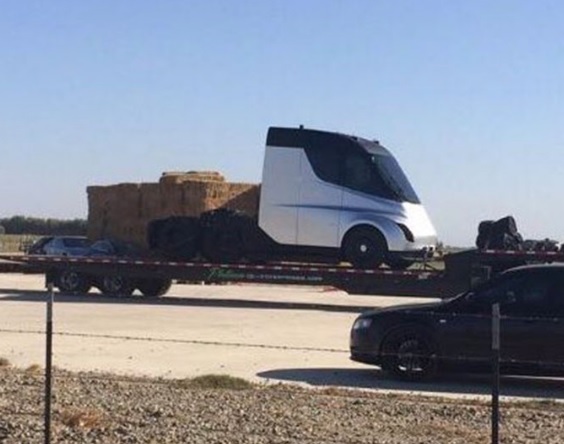 diverting resources to help bring Puerto Rico back through battery production to help the island recover from hurricane devastation. Residents have been going without electricity. Tesla was below its production target to build more than 1,500 Model 3 units in the third quarter. The company had just delivered around 220 Model 3 sedans and produced 260 during the quarter. Earlier this week Tesla reported that “production bottlenecks” had left it behind the planned ramp-up for the Model 3.
diverting resources to help bring Puerto Rico back through battery production to help the island recover from hurricane devastation. Residents have been going without electricity. Tesla was below its production target to build more than 1,500 Model 3 units in the third quarter. The company had just delivered around 220 Model 3 sedans and produced 260 during the quarter. Earlier this week Tesla reported that “production bottlenecks” had left it behind the planned ramp-up for the Model 3.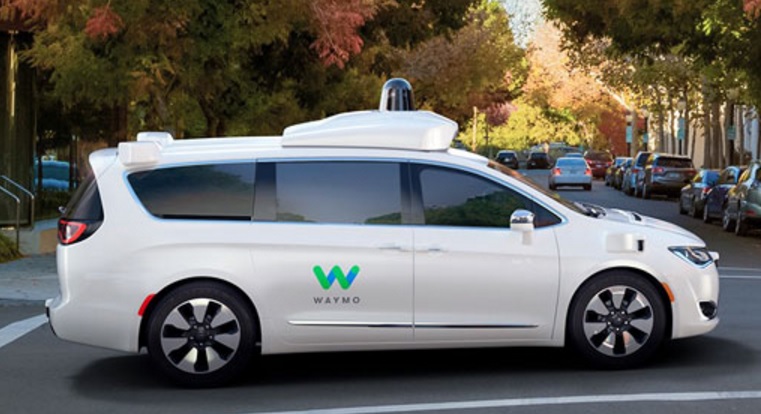 is teaming up with Mothers Against Drunk Driving, the National Safety Council, and the Federation for Blind Children in a campaign called “Let’s Talk Self-Driving.” Waymo also emphasizes that autonomous vehicles can eliminate most alcohol-related fatal crashes, and would offer the blind a transportation option. The company said the public awareness ad campaign will begin in Arizona on Monday. That’s where Waymo has been doing a lot of its self-driving car testing. The ad campaign will be delivered through digital ads, outdoor billboards, fuel pump advertising, and radio spots.
is teaming up with Mothers Against Drunk Driving, the National Safety Council, and the Federation for Blind Children in a campaign called “Let’s Talk Self-Driving.” Waymo also emphasizes that autonomous vehicles can eliminate most alcohol-related fatal crashes, and would offer the blind a transportation option. The company said the public awareness ad campaign will begin in Arizona on Monday. That’s where Waymo has been doing a lot of its self-driving car testing. The ad campaign will be delivered through digital ads, outdoor billboards, fuel pump advertising, and radio spots.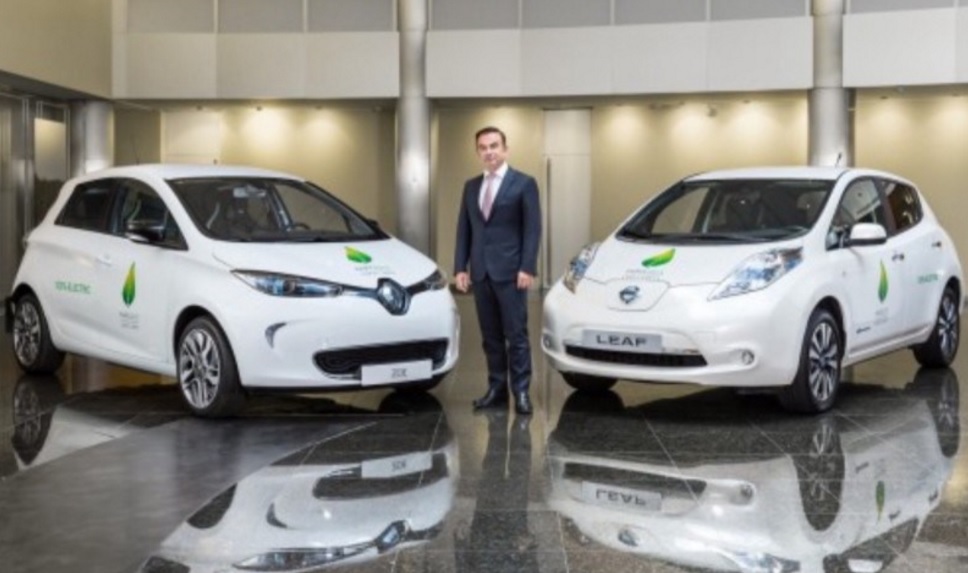 by 2019 through eGT New Energy Automotive Co., Ltd., the new company. The three companies have been in alliance for years with a shared factory already in place. It will tie into CEO Carlos Ghohn strategy to maximize economies of scale and become more EV competitive, along with Donfeng’s mission to bring “light, electric, intelligent, interconnected and shared” vehicles to the new energy vehicle market. China is in the process of becoming stricter on subsidies and watching out for another cheating scandal. The government is expected to soon announce a zero emission vehicle mandate similar to California’s. Whatever the government requires, automakers are not backing off China’s booming EV market.
by 2019 through eGT New Energy Automotive Co., Ltd., the new company. The three companies have been in alliance for years with a shared factory already in place. It will tie into CEO Carlos Ghohn strategy to maximize economies of scale and become more EV competitive, along with Donfeng’s mission to bring “light, electric, intelligent, interconnected and shared” vehicles to the new energy vehicle market. China is in the process of becoming stricter on subsidies and watching out for another cheating scandal. The government is expected to soon announce a zero emission vehicle mandate similar to California’s. Whatever the government requires, automakers are not backing off China’s booming EV market.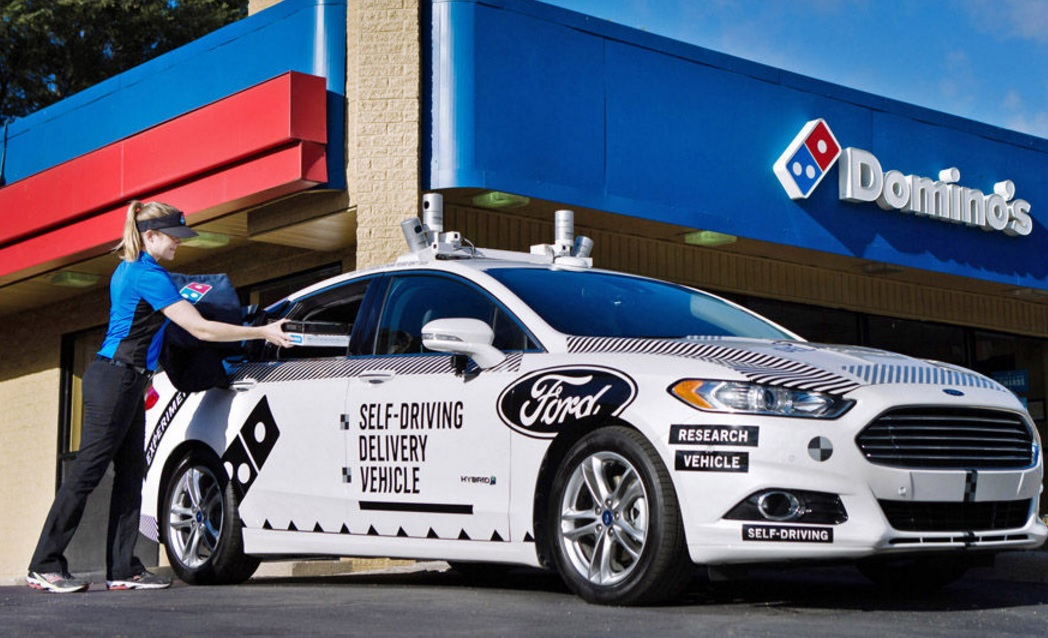 a pizza through a self-driving vehicle. Over the next few weeks, customers in Ann Arbor, Mich., will have the opportunity to receive their order from a Ford Fusion Hybrid Autonomous Research Vehicle. It will be manually-driven by a Ford safety engineer and staffed with researchers. Ford plans to begin producing self-driving vehicles in 2021 and will tap into the data from this test project.
a pizza through a self-driving vehicle. Over the next few weeks, customers in Ann Arbor, Mich., will have the opportunity to receive their order from a Ford Fusion Hybrid Autonomous Research Vehicle. It will be manually-driven by a Ford safety engineer and staffed with researchers. Ford plans to begin producing self-driving vehicles in 2021 and will tap into the data from this test project.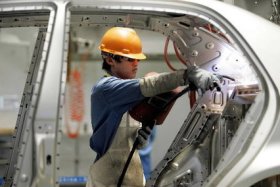 Clean vehicle job creation: Manufacturing clean vehicles
Clean vehicle job creation: Manufacturing clean vehicles 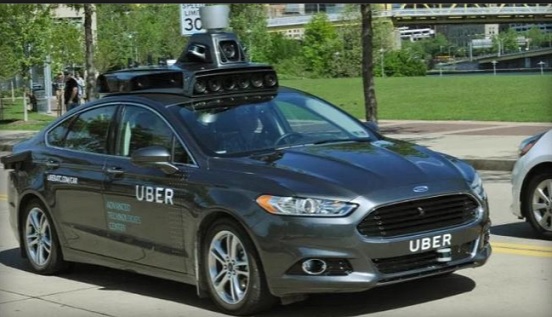 INRIX, a leading provider of traffic information,
INRIX, a leading provider of traffic information, 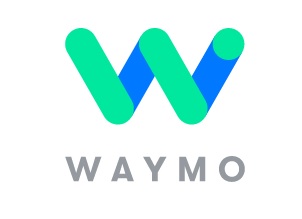 Waymo sues Uber: Waymo has filed a federal lawsuit claiming Uber and its self-driving truck company stole Waymo’s self-driving car technology.
Waymo sues Uber: Waymo has filed a federal lawsuit claiming Uber and its self-driving truck company stole Waymo’s self-driving car technology.  Take a look at
Take a look at 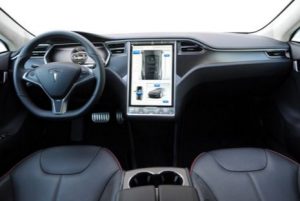 The fatality of a driver in a Tesla Model S with Autopilot is being described as the very first casualty from an autonomous vehicle technology. Here are details from the incident and where this may lead in the near future..……..
The fatality of a driver in a Tesla Model S with Autopilot is being described as the very first casualty from an autonomous vehicle technology. Here are details from the incident and where this may lead in the near future..……..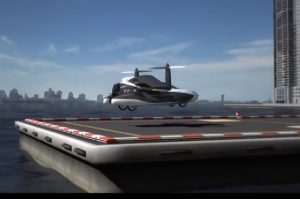 If you’re a fan of science fiction author Philip K. Dick, and movies made from his writings, you’ve probably been thinking about flying cars for years. Featured in the Do Androids Dream of Electric Sheep? novel and Blade Runner film – and “The Electric Ant” and “Minority Report” short stories (along with the Steven Spielberg film Minority Report) – flying cars will be one of the mobility options we use daily, according to the author.
If you’re a fan of science fiction author Philip K. Dick, and movies made from his writings, you’ve probably been thinking about flying cars for years. Featured in the Do Androids Dream of Electric Sheep? novel and Blade Runner film – and “The Electric Ant” and “Minority Report” short stories (along with the Steven Spielberg film Minority Report) – flying cars will be one of the mobility options we use daily, according to the author.